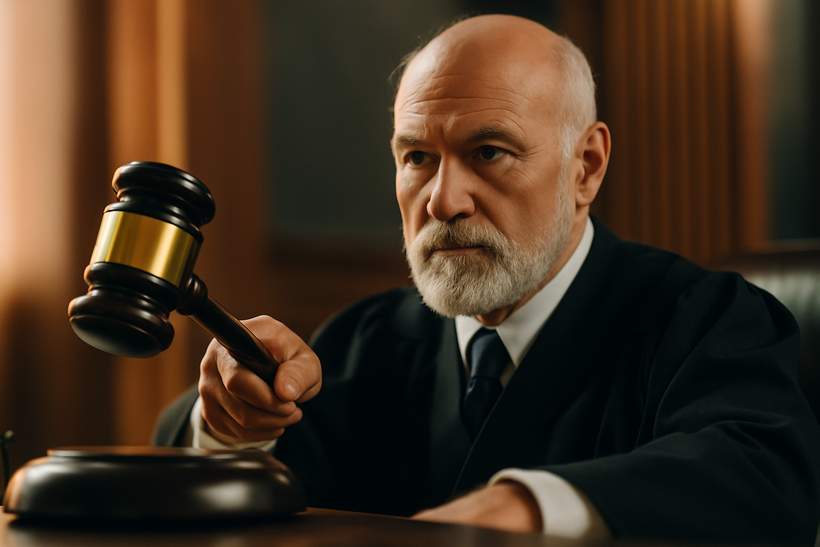Sentencing of Casino Royale Massacre Mastermind in Mexico

Conviction of the Casino Royale Attack Organizer
The Second Federal Criminal Court located in Matamoros, Tamaulipas, has sentenced Baltasar “El Mataperros” Sauceda Estrada for multiple crimes related to the devastating 2011 Casino Royale massacre in Monterrey, which resulted in the deaths of 53 individuals.
Charges and Sentencing Details
Estrada was found guilty of drug trafficking offenses and the illegal kidnapping of three victims. The Federal Attorney General’s Office has verified the ruling, highlighting Estrada’s membership in the Los Zetas cartel. He has been ordered to pay a fine exceeding 1.2 million pesos (about $68,000) for his role in organized crime along with his prison sentence.
Furthermore, five additional members affiliated with Los Zetas involved in the attack received 15-year prison sentences. These individuals were apprehended between 2011 and 2012, with some already serving sentences at the time of this judgment. This legal outcome closes one of the most tragic chapters of the drug war initiated under former President Felipe Calderón.
Background on the Casino Royale Massacre
The Casino Royale massacre stands as one of the bloodiest assaults on civilians in recent Mexican history. On August 25, 2011, in Monterrey, Nuevo León, assailants tied to the Los Zetas cartel violently stormed the Casino Royale, known for its middle-class clientele.
The attackers forced patrons to the ground, then poured gasoline inside the building before igniting it, trapping many people inside. Survivor accounts revealed the attackers had blocked the main exit, while other service doors were locked, and the only emergency exit was hidden behind a concrete wall and non-operational.
Investigations determined the attack was retaliation because the casino’s proprietors allegedly refused to pay extortion demands from Los Zetas. The event sparked widespread condemnation both nationally and internationally, with then-President Felipe Calderón denouncing it as an act of terrorism.
This massacre became emblematic of the severe violence characterizing Mexico’s drug conflict, particularly during Calderón’s presidency (2006–2012), which saw a heavily militarized campaign against drug cartels. Today, a memorial at the former casino site honors the victims and serves as a somber reminder of the tragedy.